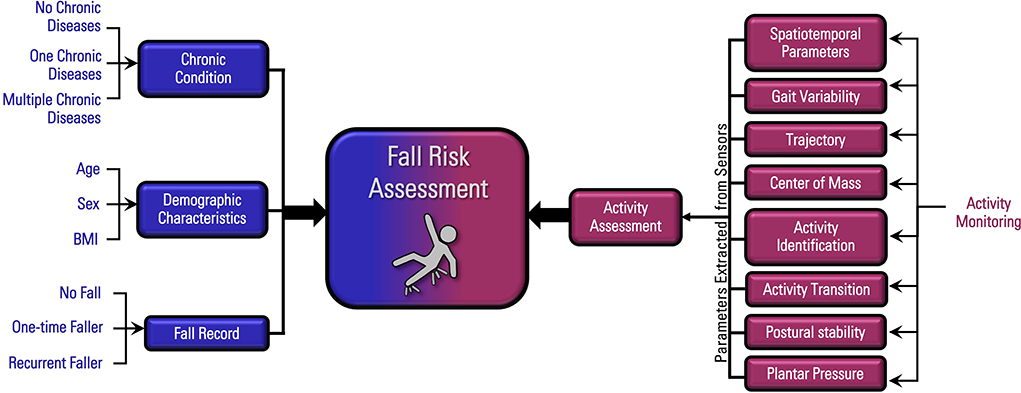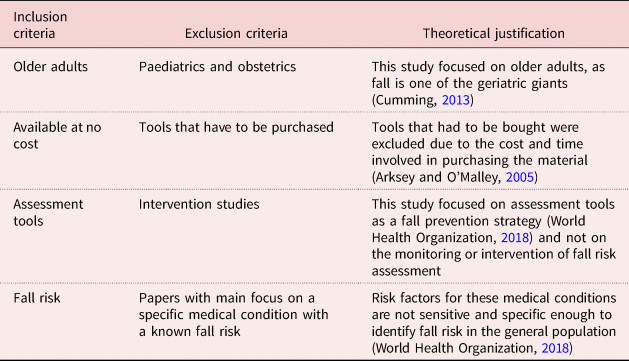Dementia Fall Risk Things To Know Before You Get This
Everything about Dementia Fall Risk
Table of ContentsDementia Fall Risk Things To Know Before You BuyGetting The Dementia Fall Risk To WorkThe Main Principles Of Dementia Fall Risk Facts About Dementia Fall Risk Uncovered
A fall threat analysis checks to see just how most likely it is that you will certainly fall. It is mainly done for older adults. The evaluation generally includes: This includes a series of concerns concerning your total health and if you've had previous drops or problems with equilibrium, standing, and/or strolling. These devices test your strength, balance, and stride (the means you stroll).STEADI includes testing, evaluating, and treatment. Interventions are referrals that might decrease your threat of falling. STEADI consists of 3 steps: you for your threat of falling for your risk elements that can be enhanced to try to avoid drops (for instance, equilibrium problems, damaged vision) to minimize your danger of falling by using effective techniques (for instance, offering education and resources), you may be asked numerous inquiries consisting of: Have you dropped in the previous year? Do you feel unstable when standing or walking? Are you bothered with falling?, your company will test your stamina, equilibrium, and gait, using the complying with fall assessment tools: This test checks your stride.
If it takes you 12 secs or more, it may mean you are at higher threat for a fall. This examination checks strength and balance.
The placements will certainly get more challenging as you go. Stand with your feet side-by-side. Move one foot midway forward, so the instep is touching the huge toe of your various other foot. Move one foot completely before the other, so the toes are touching the heel of your other foot.
Some Known Questions About Dementia Fall Risk.
A lot of falls happen as an outcome of multiple contributing factors; as a result, handling the danger of dropping starts with identifying the variables that add to fall risk - Dementia Fall Risk. Several of one of the most appropriate danger aspects include: Background of prior fallsChronic clinical conditionsAcute illnessImpaired gait and equilibrium, reduced extremity weaknessCognitive impairmentChanges in visionCertain high-risk drugs and polypharmacyEnvironmental variables can likewise increase the threat for drops, including: Poor lightingUneven or harmed flooringWet or slippery floorsMissing or harmed handrails and grab barsDamaged or poorly fitted equipment, such as beds, wheelchairs, or walkersImproper usage of assistive devicesInadequate guidance of individuals residing in the NF, including those that display aggressive behaviorsA effective fall danger management program calls for a complete scientific assessment, with input from all participants of the interdisciplinary team

The care plan should also include interventions that are system-based, such as those that promote a safe setting (proper illumination, hand rails, get hold of bars, and so on). The effectiveness of the treatments should be evaluated regularly, and the treatment strategy modified as needed to show changes in the loss risk evaluation. Implementing an autumn threat monitoring system utilizing evidence-based ideal practice can reduce the prevalence of drops in the NF, while limiting the capacity for fall-related injuries.
See This Report on Dementia Fall Risk
The AGS/BGS standard advises evaluating all adults matured 65 years and older for loss danger annually. This testing is visit the website composed of asking patients whether they have actually fallen 2 or more times in the past year or sought medical attention for a fall, or, if they have not dropped, whether they feel unstable when strolling.
Individuals who have actually fallen once without injury ought to have their balance and stride evaluated; those with stride or equilibrium irregularities must get additional assessment. A history of 1 loss without injury and without stride or equilibrium troubles does not necessitate further evaluation past ongoing yearly fall threat testing. Dementia Fall Risk. A loss danger assessment is required as component of the Welcome to Medicare examination

Indicators on Dementia Fall Risk You Should Know
Recording a falls background is among the top quality indicators for loss prevention and administration. A vital component of risk analysis is a medication testimonial. A number of courses of medications raise autumn risk (Table 2). copyright medications specifically are independent forecasters of drops. These medications often tend to be sedating, alter the sensorium, and hinder equilibrium and gait.
Postural hypotension can frequently be minimized by decreasing the dosage of blood pressurelowering drugs and/or stopping medicines that have orthostatic hypotension as an adverse effects. Use of above-the-knee support hose pipe and resting with the head of the bed elevated may also minimize postural decreases in high blood pressure. The preferred elements of a fall-focused physical evaluation are displayed in Box 1.

A yank time higher than or equal to 12 secs recommends high loss risk. The 30-Second Chair Stand test examines reduced extremity toughness and equilibrium. Being unable to stand up from a chair of knee elevation without utilizing one's arms suggests enhanced fall danger. The 4-Stage Balance test analyzes static balance by having the patient stand in 4 placements, each considerably a lot more difficult.